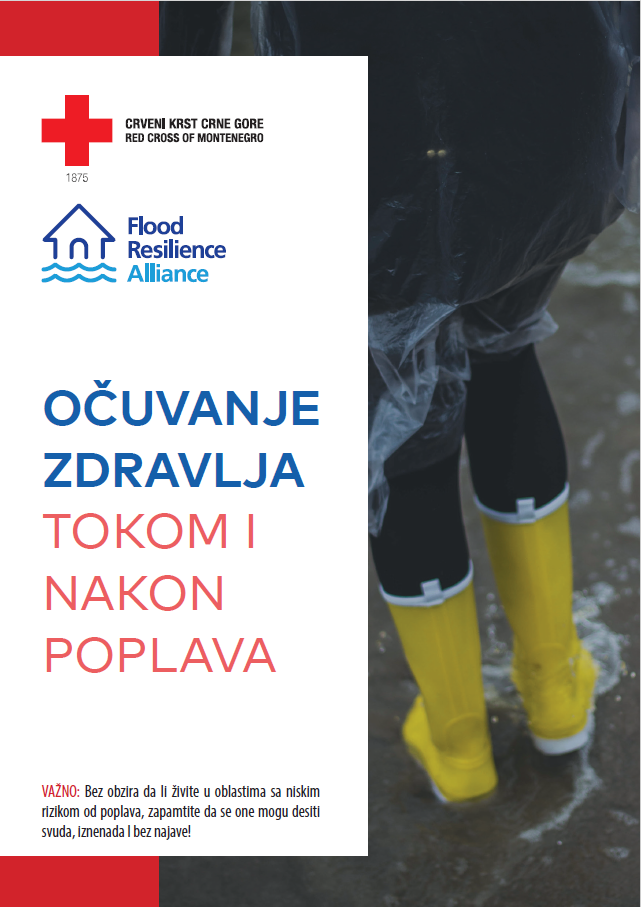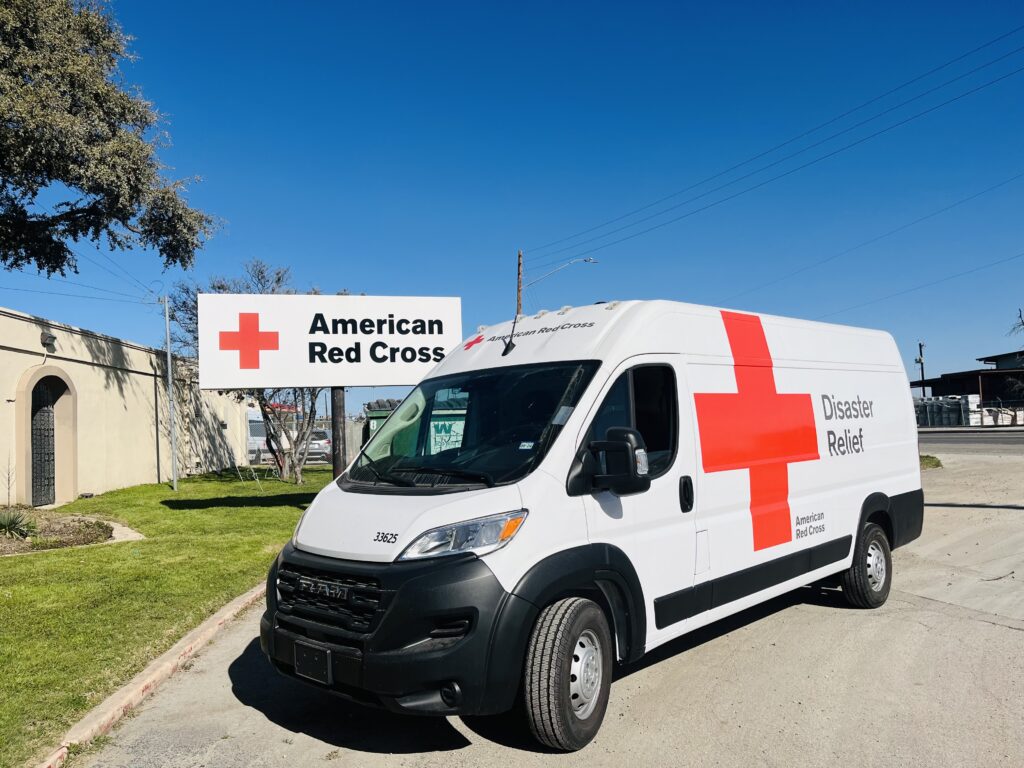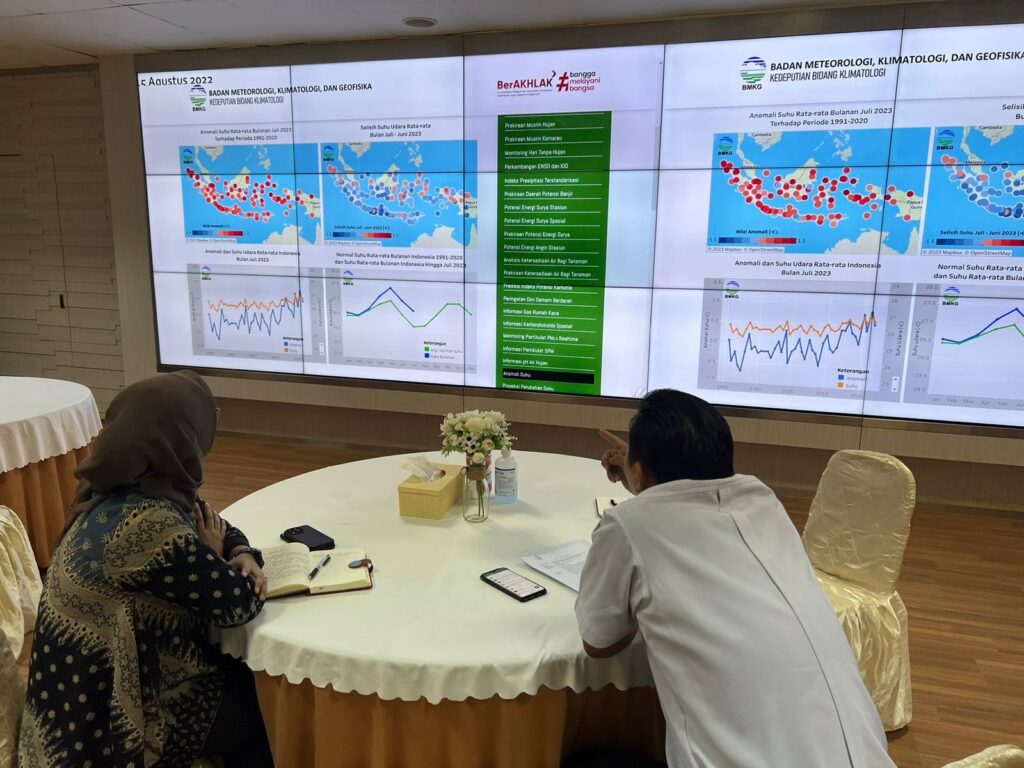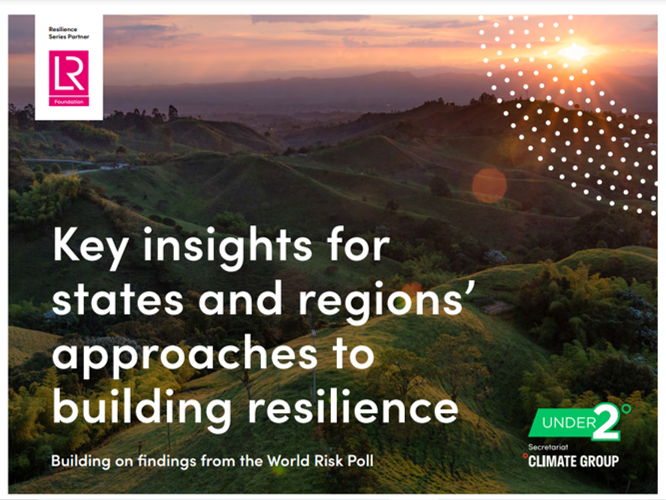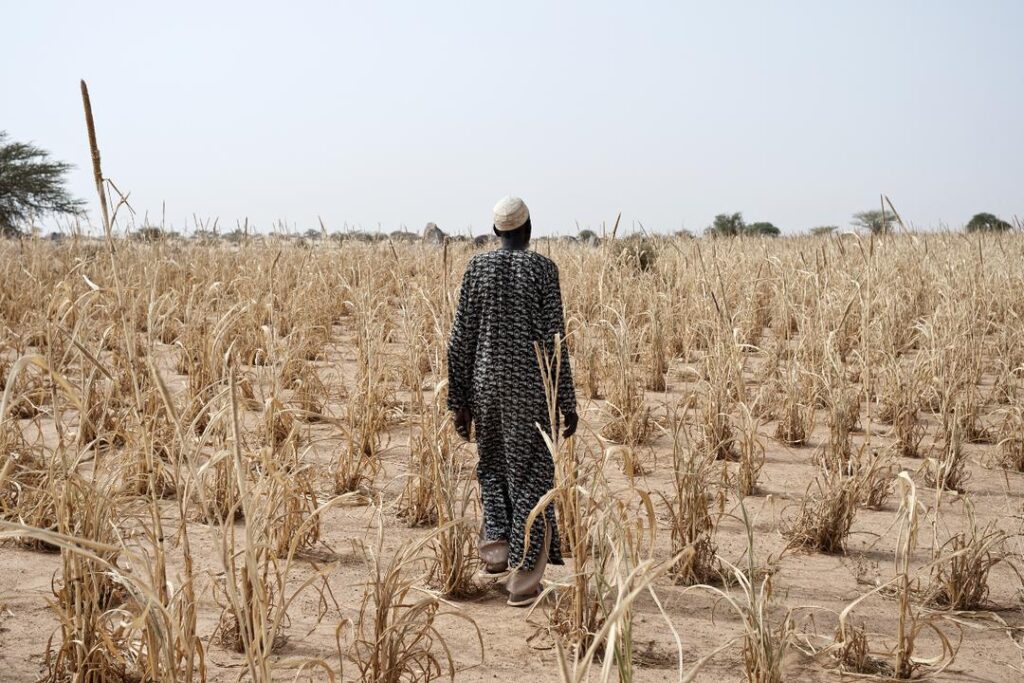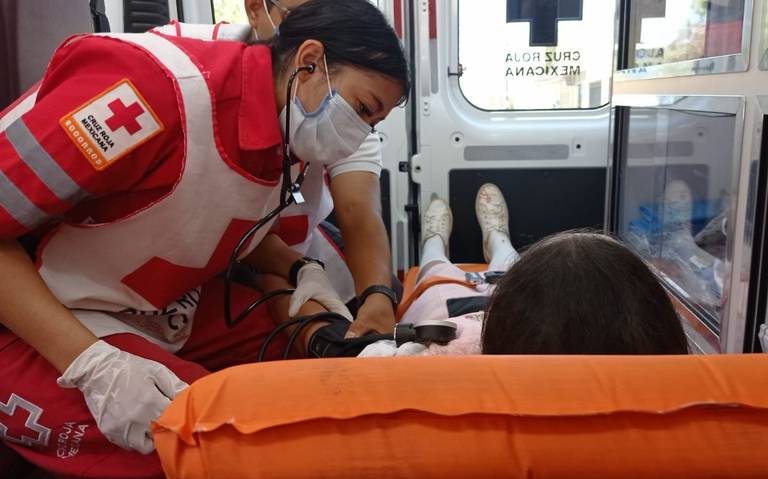Flyer on hygiene promotion during flood – Red Cross of Montenegro
Between 2018 and 2024, the Red Cross of Montenegro, as part of the Zurich Flood Resilience Alliance, worked to increase flood resilience in vulnerable communities. One of the knowledge products produced as part of this program was a multi-page flyer titled ‘Maintaining health during and after floods’. This resource provides recommendations for good hygiene habits […]
Flyer on hygiene promotion during flood – Red Cross of Montenegro Read More »

